JAJSDJ1A June 2017 – January 2018 LMV722-Q1
PRODUCTION DATA.
6.7 Typical Characteristics
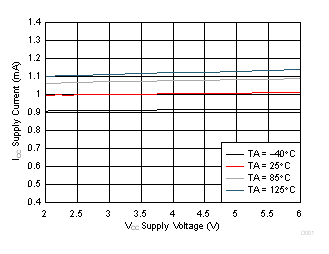
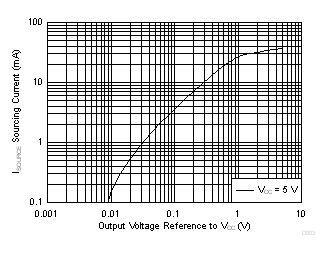
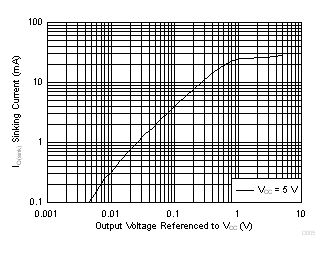
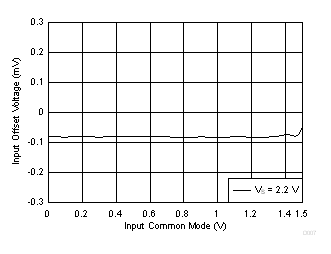
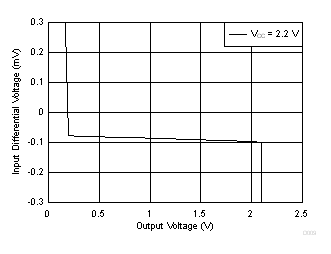
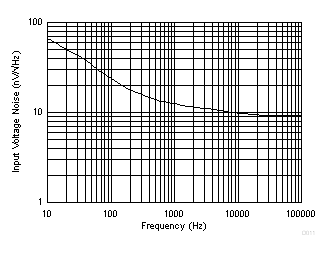
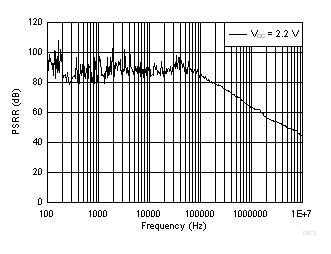
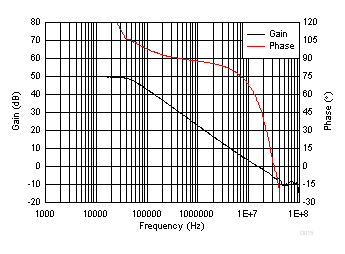
| VCC = 2.2 V |
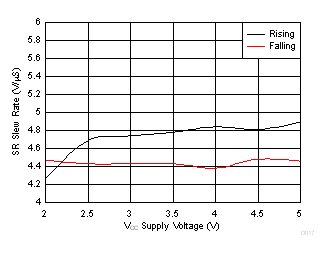
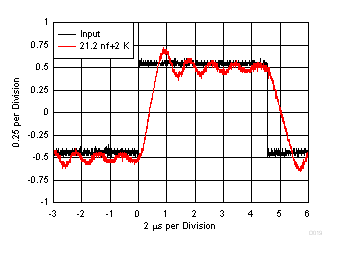
| VCC = 5 V, RL = 2 kΩ, CL = 21.2 nF, RO = 0 Ω |
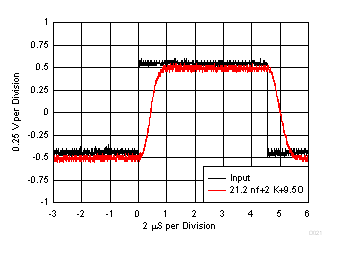
| VCC = 5 V, RL = 2 kΩ, CL = 21.2 nF, RO = 9.5 Ω |
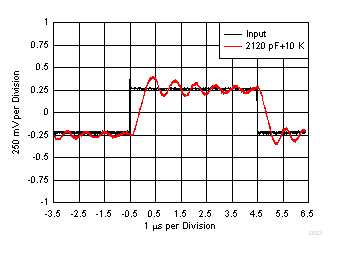
| VCC = 2.2 V, RL = 10 kΩ, CL = 2.12 nF, RO = 0 Ω |
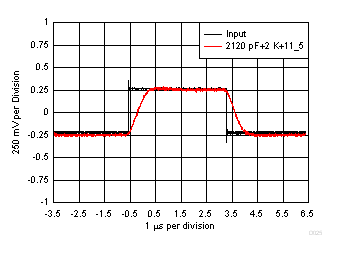
| VCC = 2.2 V, RL = 10 kΩ, CL = 2.12 nF, RO = 11.5 Ω |
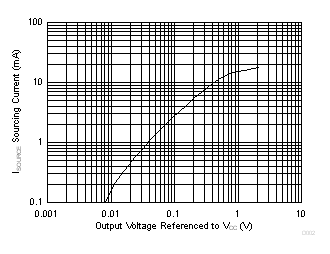
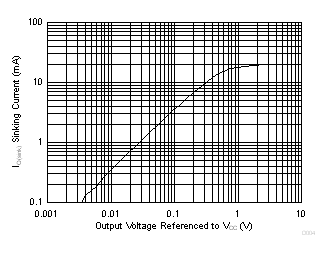
| VCC = 2.2 V |
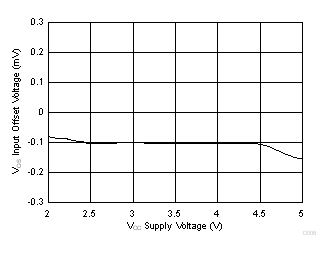
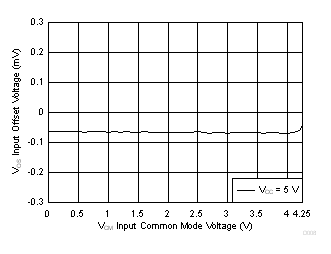
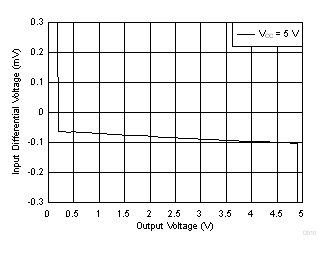
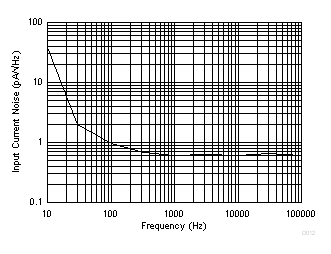
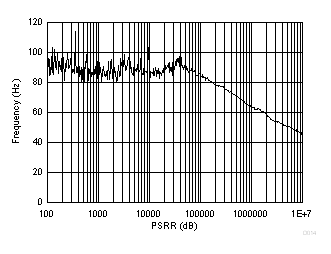
| VCC = 5 V |
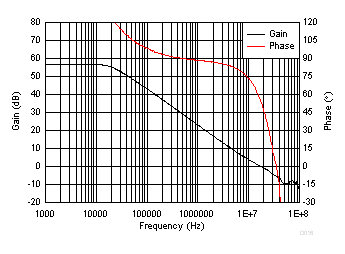
| VCC = 5 V |
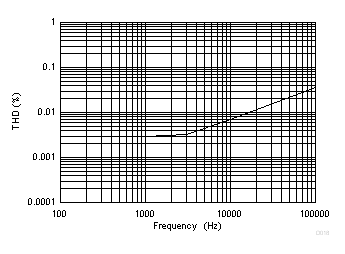
| VCC = 2.2 V |
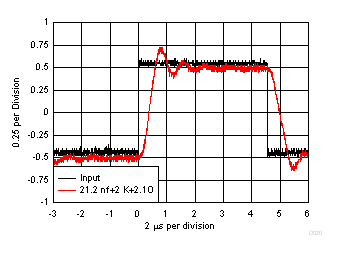
| VCC = 5 V, RL = 2 kΩ, CL = 21.2 nF, RO = 2.1 Ω |
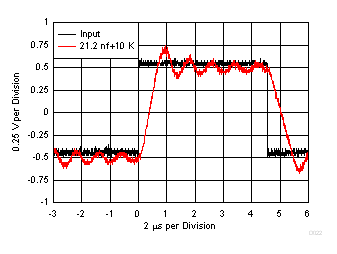
| VCC = 5 V, RL = 10 kΩ, CL = 21.2 nF, RO = 0 Ω |
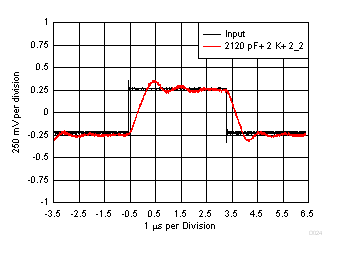
| VCC = 2.2 V, RL = 10 kΩ, CL = 2.12 nF, RO = 2.2 Ω |